Leonardo, a son of Tuscany. Proudly claimed by Vinci, his home town. “Leonardo da Vinci”, get it?
So how did Leonardo come to be buried in France? Why did he bring the Mona Lisa with him when he moved to Amboise a few years before his death?
Before answering those questions, a bit about the man.
We usually think of Leonardo as an old man, maybe something like this.
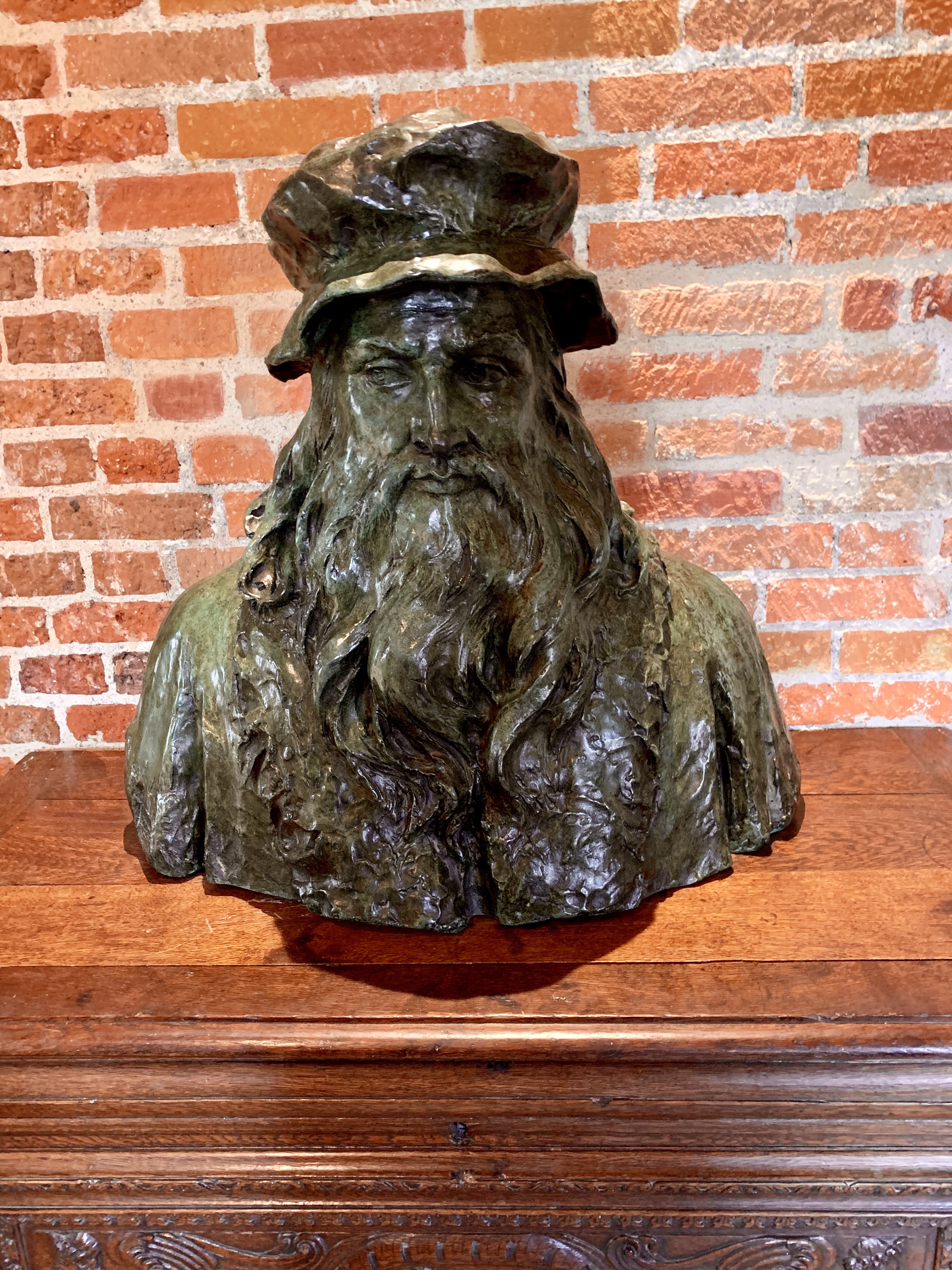
But in his younger years Leonardo was known for his good looks. Everyone commented on how handsome he was. In an era when gentlemen wore mostly dark colored robes, Leonardo wore bright multi-colored clothing. Imagine a younger version of this.
 i
i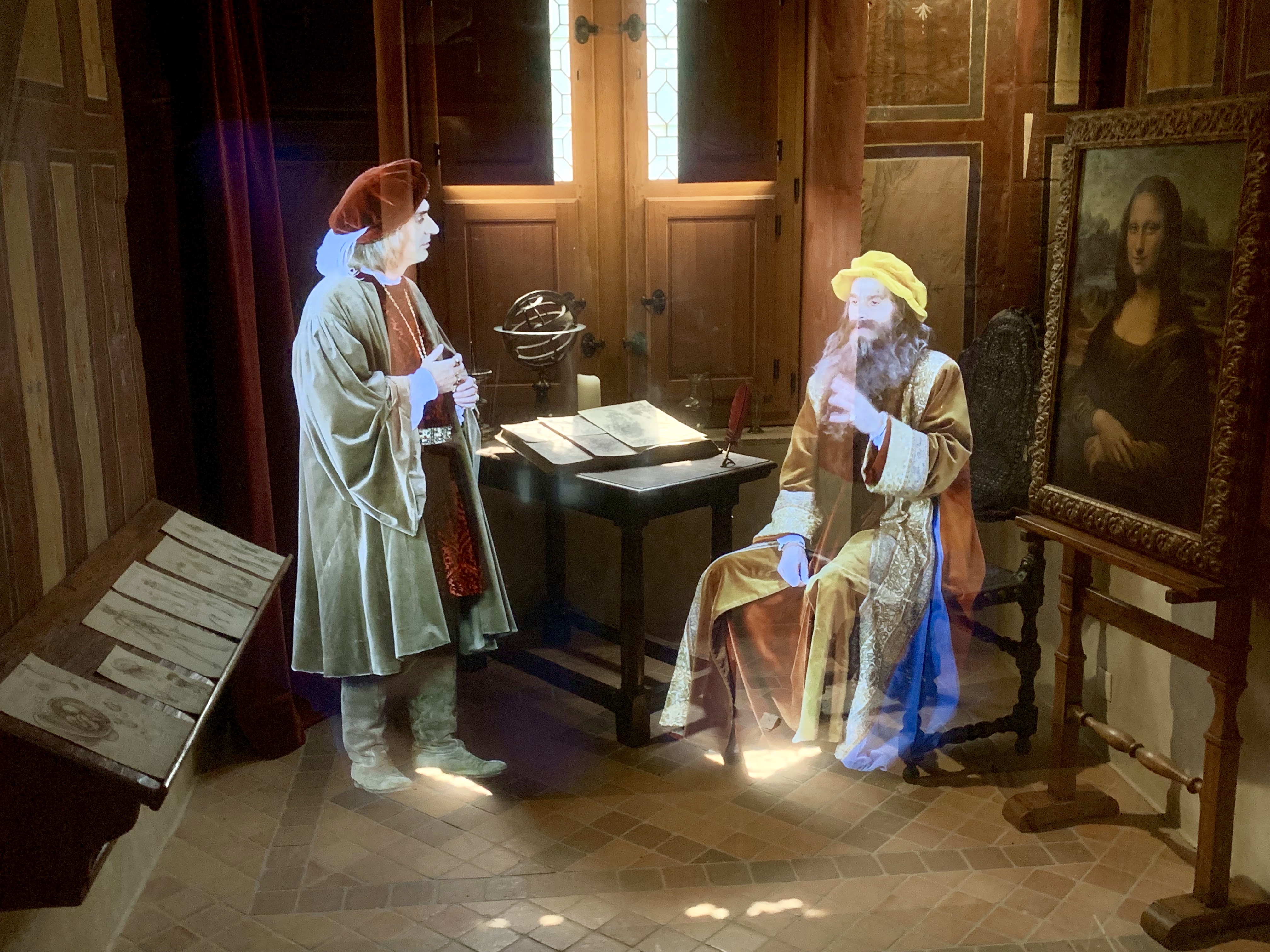
Everyone loved Leonardo, which is surprising when you think about it. As a painter, he took commissions from other artists. As a scientist and philosopher, his ideas competed for attention with other great thinkers. He designed complex sets and scenery for elaborate plays and fêtes.
Every time Leonardo found work, someone else did not. But you won’t find much written against him. Everyone loved the guy. He was kind, friendly, willing to give advice and to teach.
About the only thing that Leonardo did not achieve was a commission to design weapons for a royal patron. He tried to sell himself as an inventor of defensive and offensive systems, but found little interest.
Some inventions were possibly practical, like his man-powered tank and paddle wheel boat.
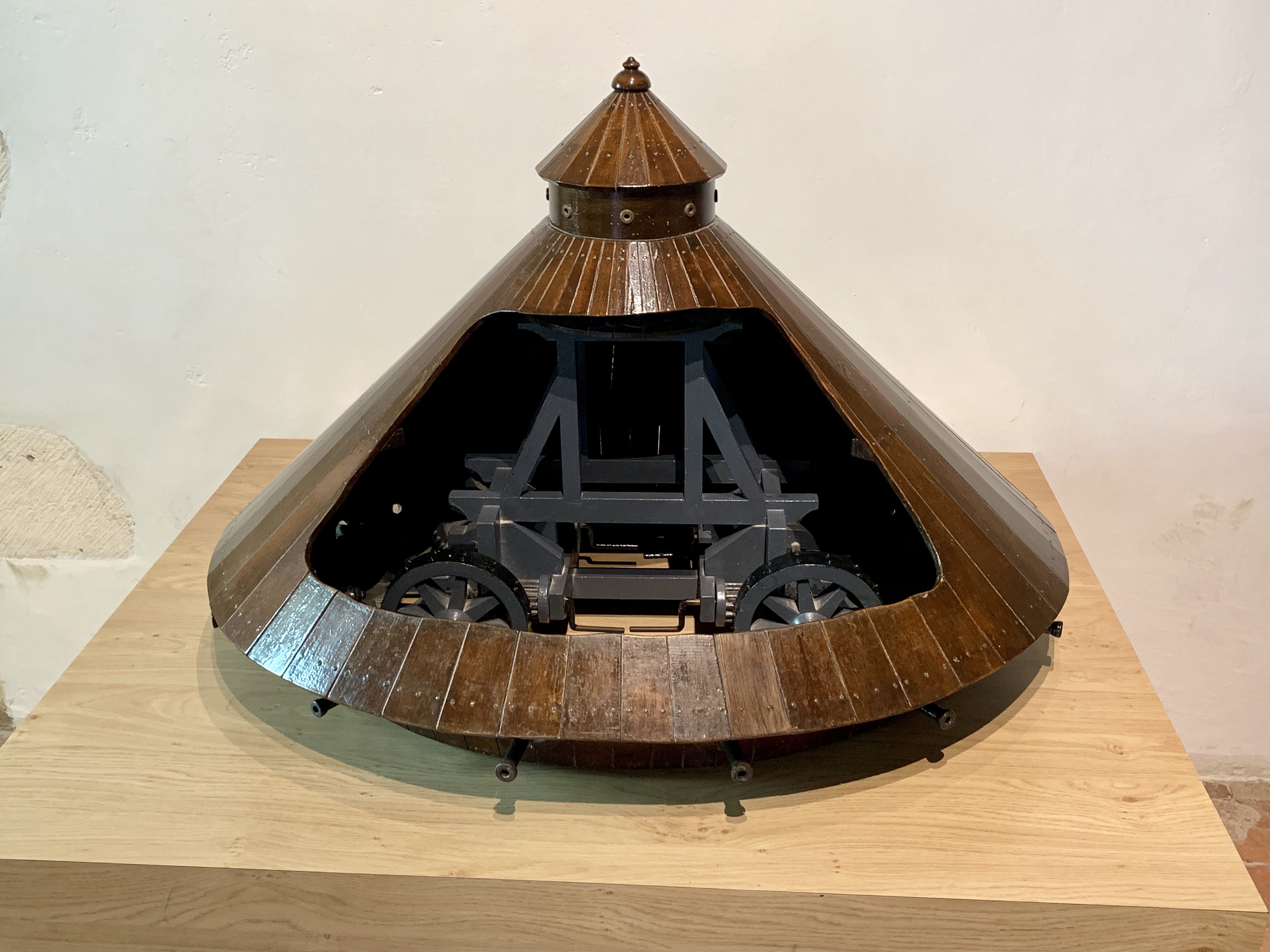
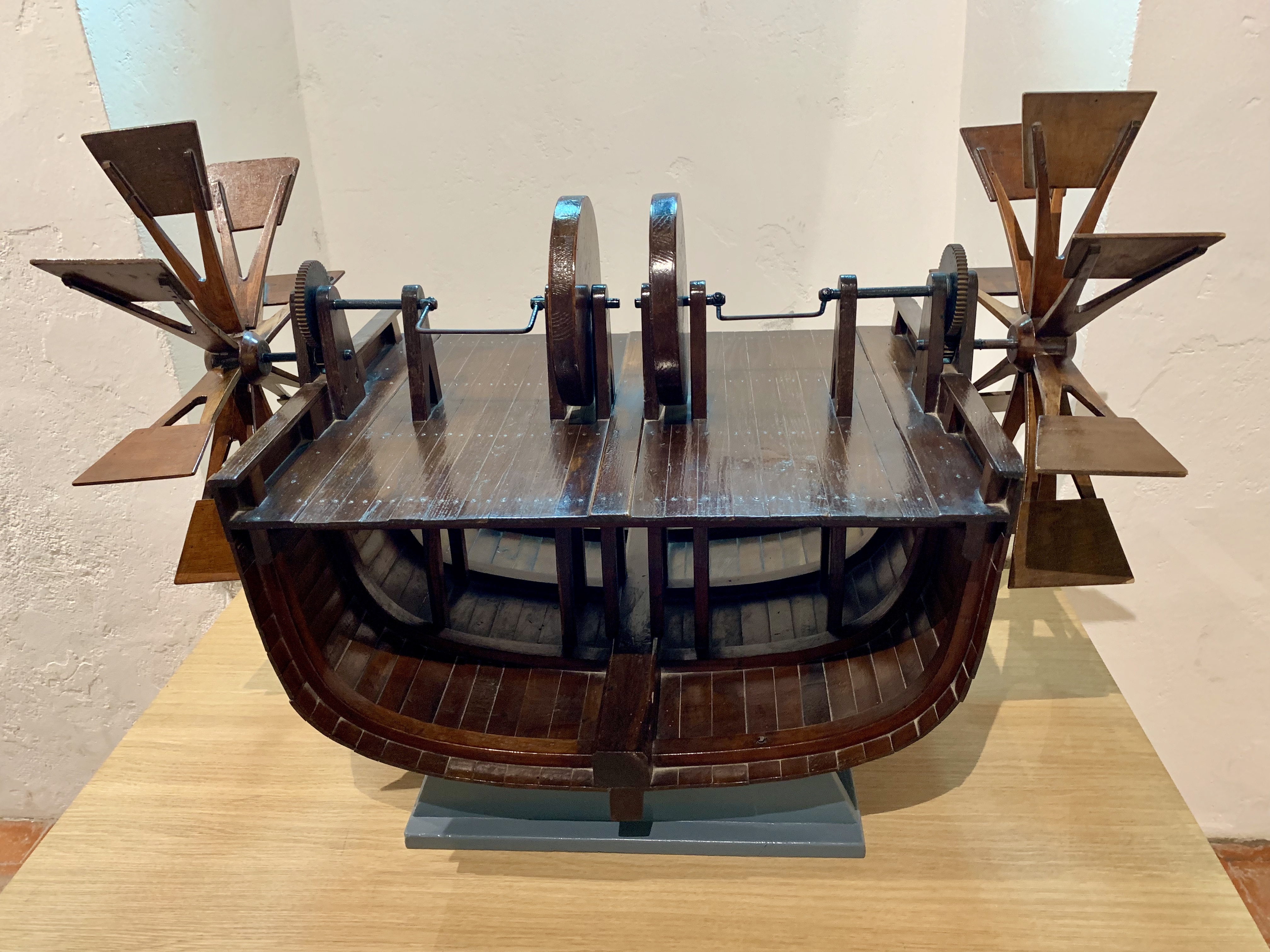
Others were, let’s say creative but ahead of their time, like the bicycle, clockwork-powered car(t) and machine gun.
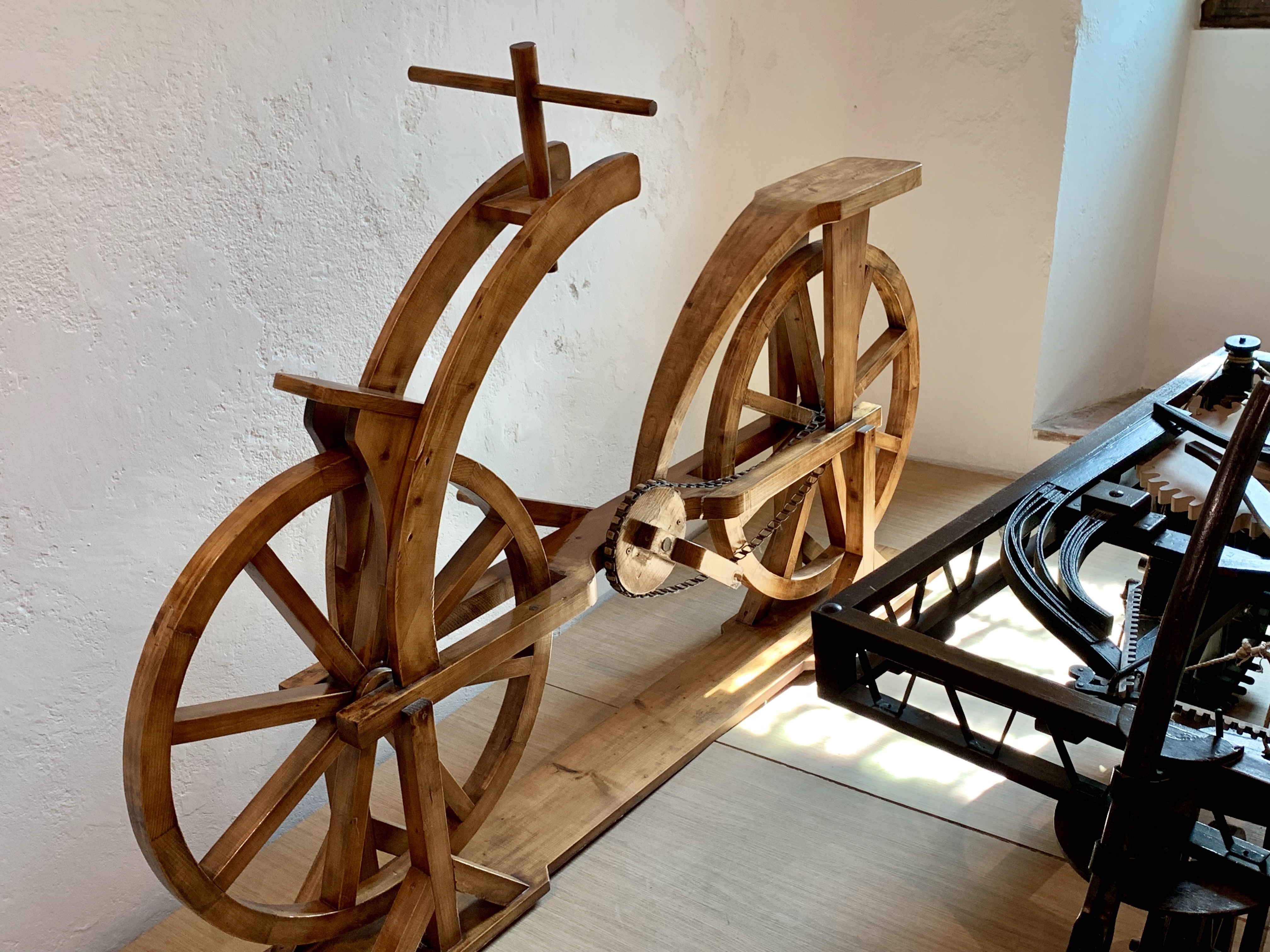
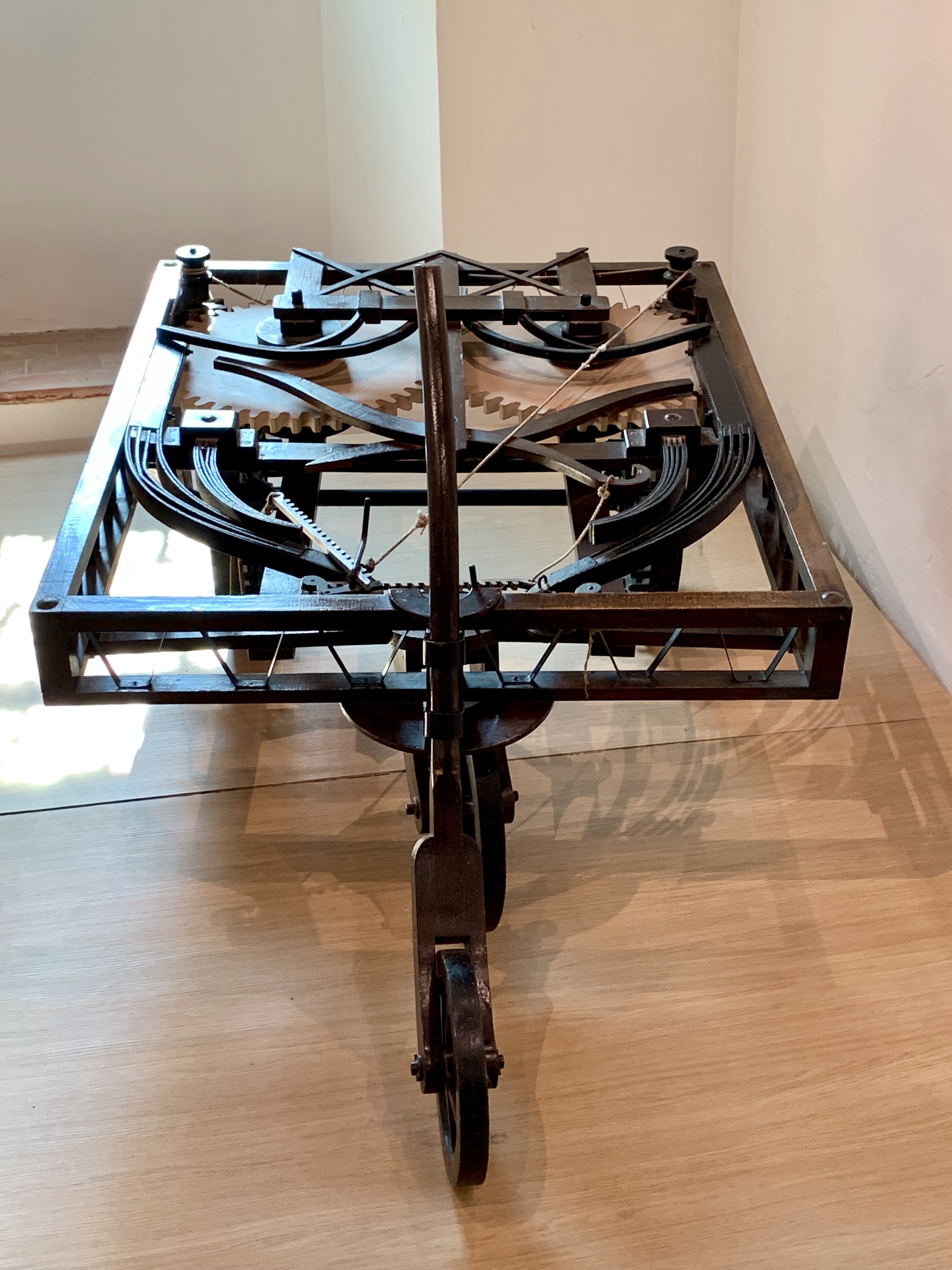
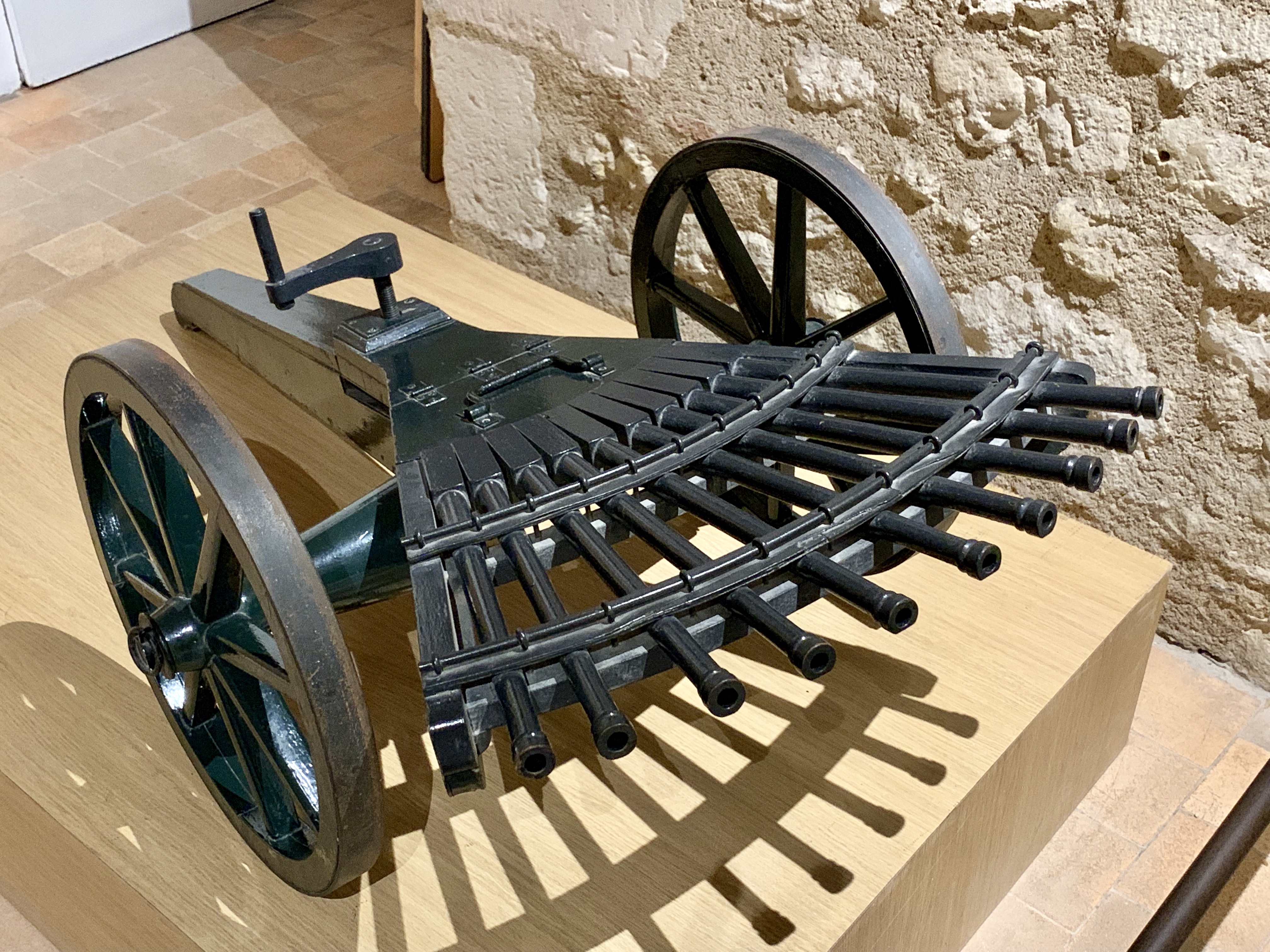 And some, like this attempt to fly by screwing oneself into the atmosphere, were “creative”.
And some, like this attempt to fly by screwing oneself into the atmosphere, were “creative”.
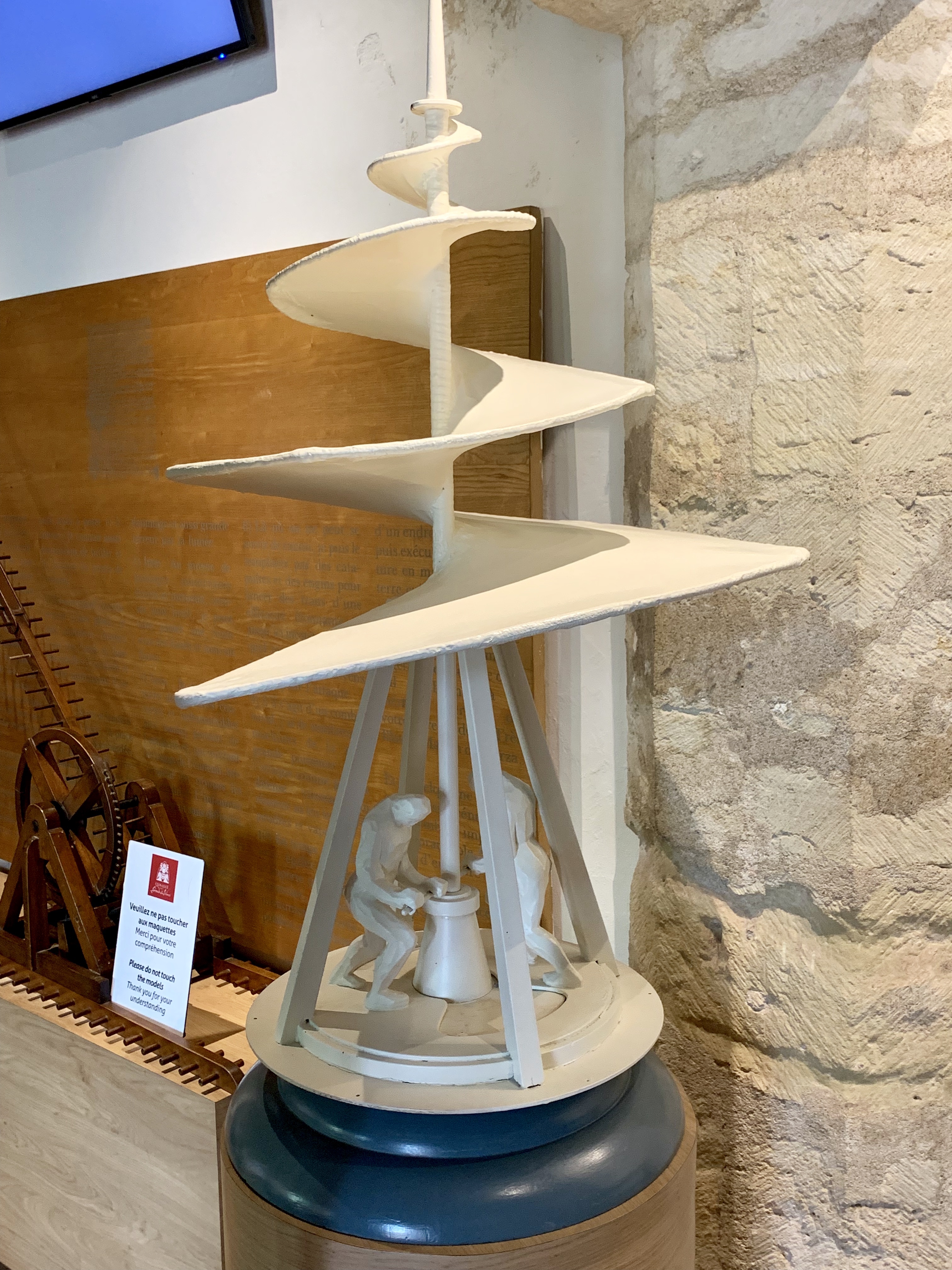
By the way, none of these were built in Leonardo’s time. They existed only as drawings in his notebooks.
What made Leonardo great was his broad range of interests, the thoroughness that he brought to his studies, and his ability to apply knowledge from one area to a problem in another.
Leonardo wanted to understand the inner workings of the body. He performed many dissections, and might have been imprisoned or killed for what he did if he had been anyone else. If you haven’t seen his anatomical drawings, you should have a look.
Leonardo learned exactly which muscle produced which facial expression, which raised the edge of an eyebrow, which created a particular component of a smile. When he painted, he could represent details others simply did not know.
Another interest was light and perspective. Leonardo sat and watched light on an object as morning passed into night. He learned less by theory than by observation. Take a close look at the eyes in his portrait paintings. Notice how the light glistens on the surface.
Then there were his mathematical studies of perspective. The Last Supper, in Milano, is a masterwork. The perspective is not merely accurate, it is subtly distorted to account for the viewer’s position when entering the room, and to focus the eye on Jesus.
One more concrete example. Have a look at this horse sculpture, also in Milano. In preparation, Leonardo dissected horses in order to better understand their anatomy. Notice the muscles in the chest, neck and head.

I could go on for a long time about Leonardo. But if you want to learn more, have a look at the excellent biography by Walter Isaacson.
Now, back to our question. Why is this Son of Vinci buried in France?
It’s a pretty simple answer. Leonardo survived by attracting rich and powerful patrons. He used his talents to accomplish what his patron wanted done. And he kept his ear to the ground for signs that his current patron might be about to lose his wealth, power and/or head.
This kind of politicking moved Leonardo between Firenze and Milano several times. Finally, it took him to Amboise in the service of the young King François I. The king seemed mostly to want to talk to Leonardo, finding him an interesting companion. He made the Château du Clos Lucé available to Leonardo in 1516. Conveniently, it is just up the road from the King’s Château and was connected, some say, by an underground passage.
And why was the Mona Lisa there? Because Leonardo never considered it to be finished. For decades, he carried it with him from place to place, adding a brush stroke here, painting over previous work there.
Now, let’s have a look at Leonardo’s last home. First, the exterior.
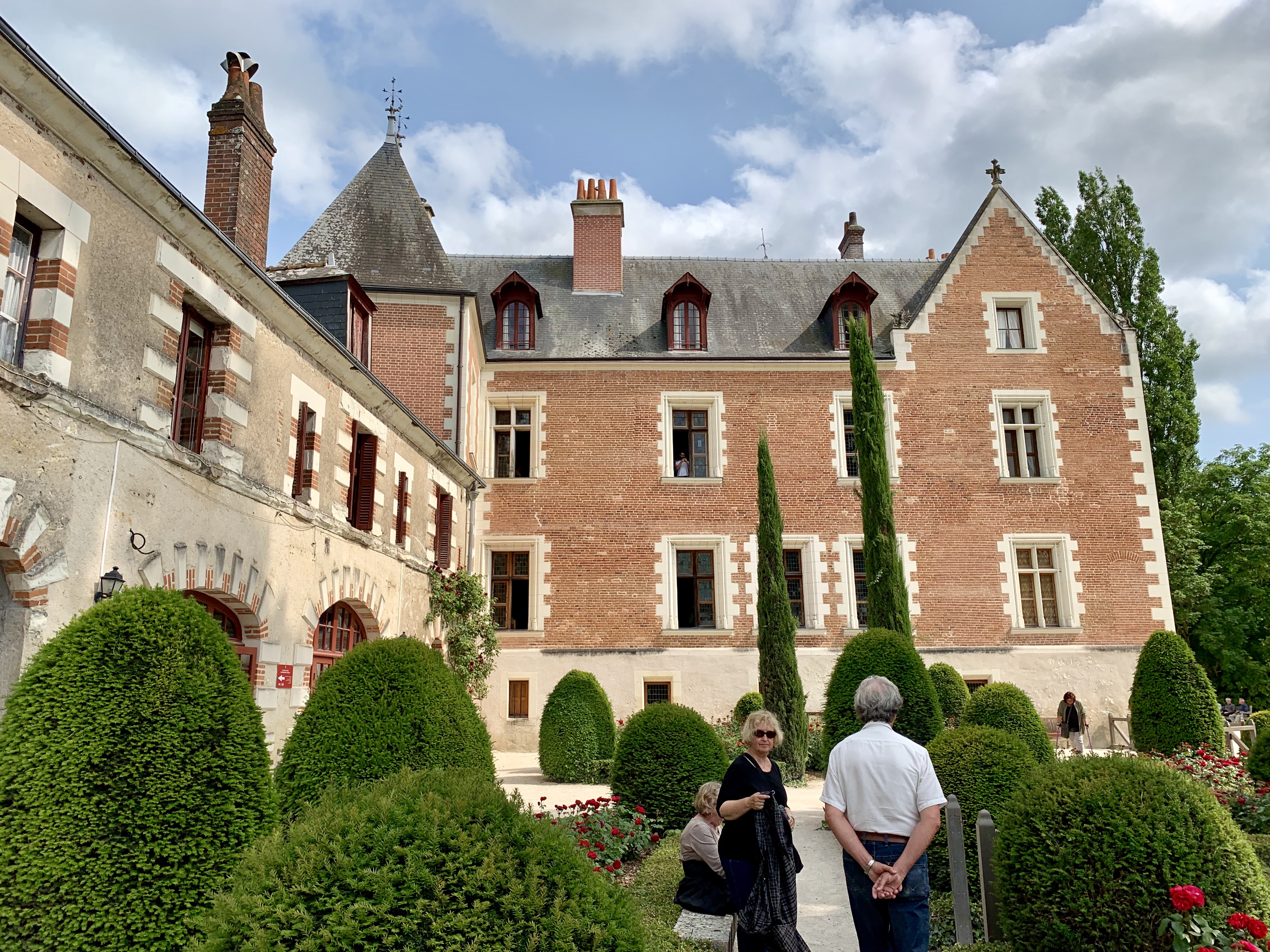
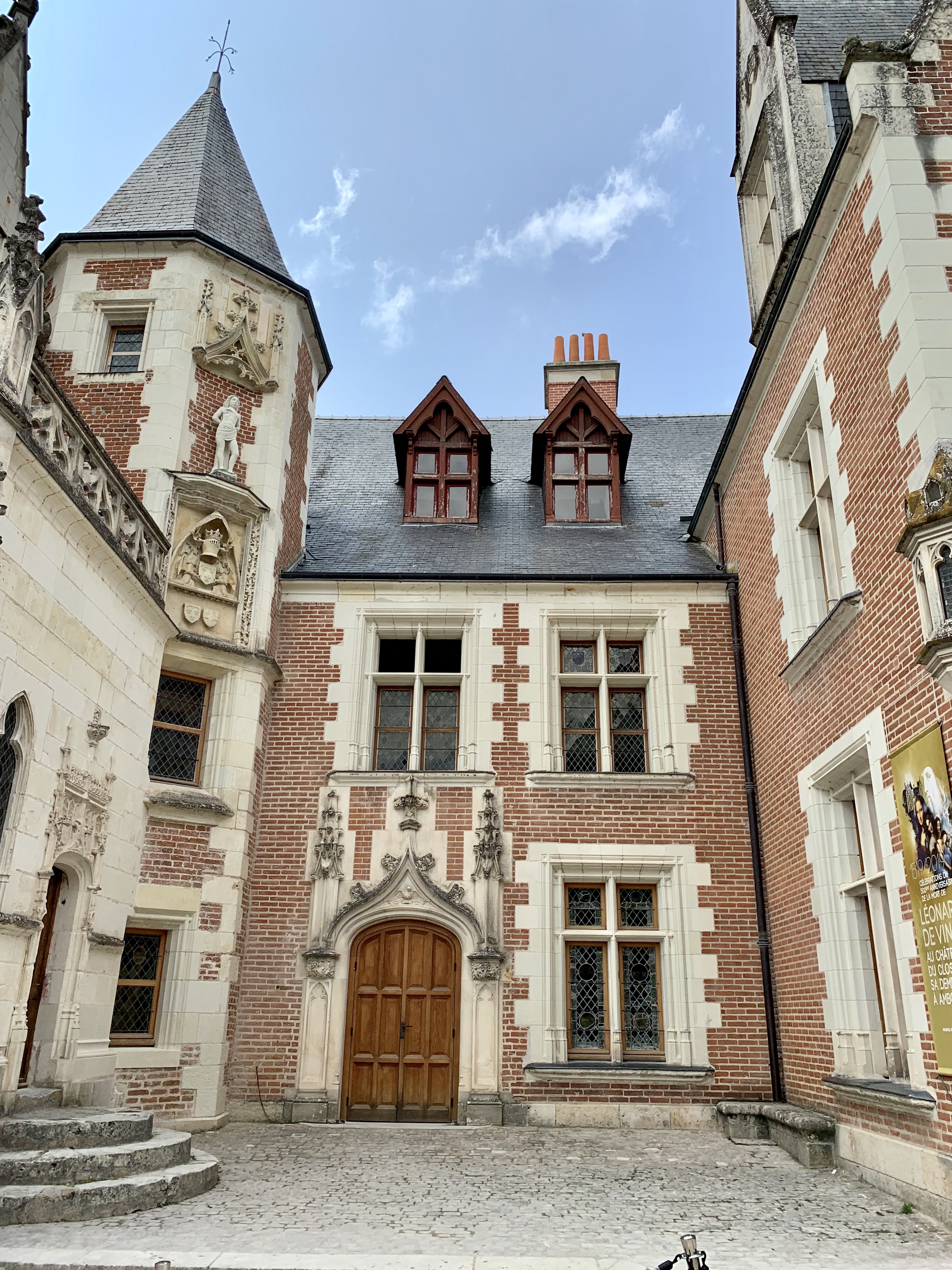
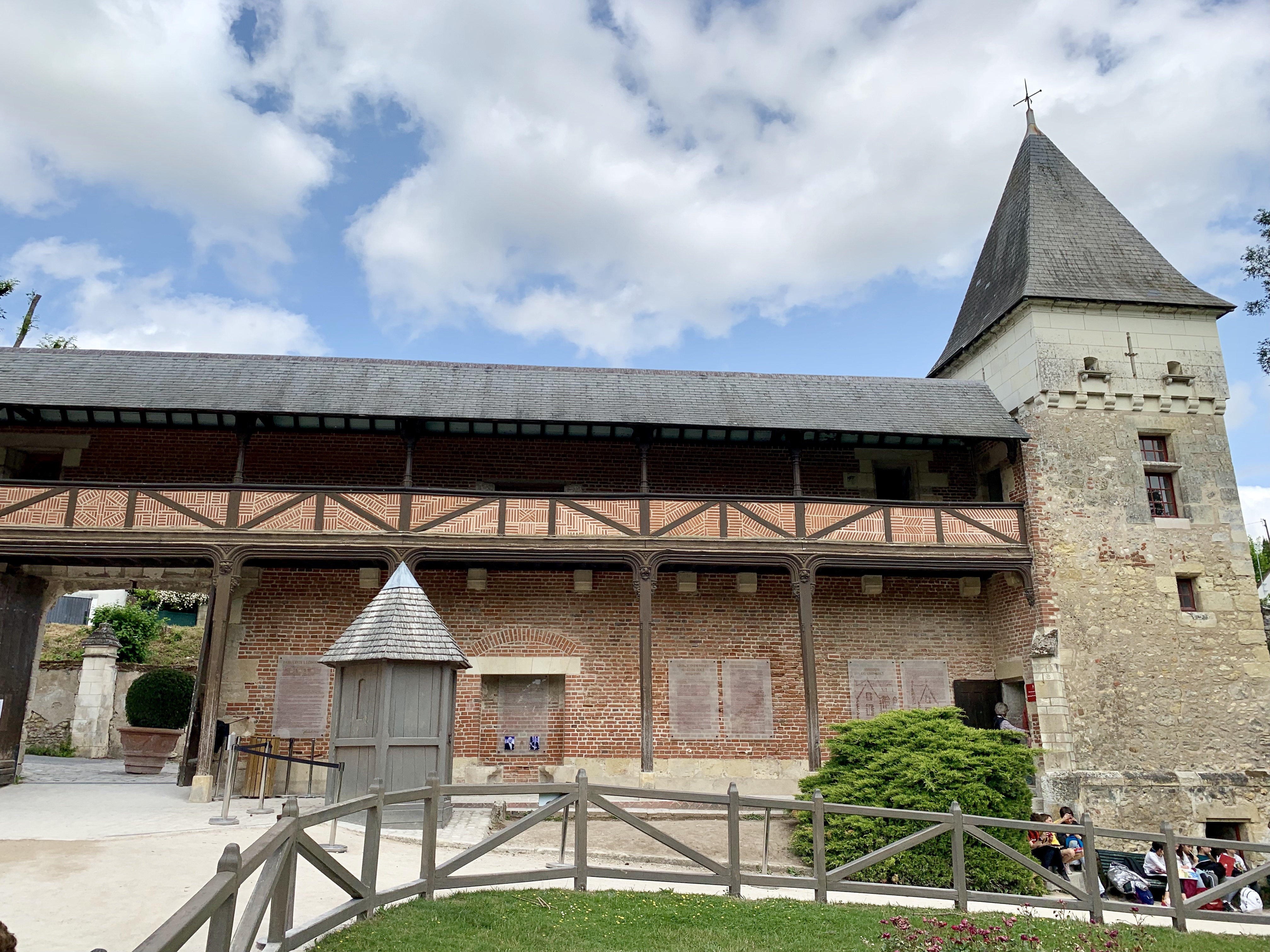
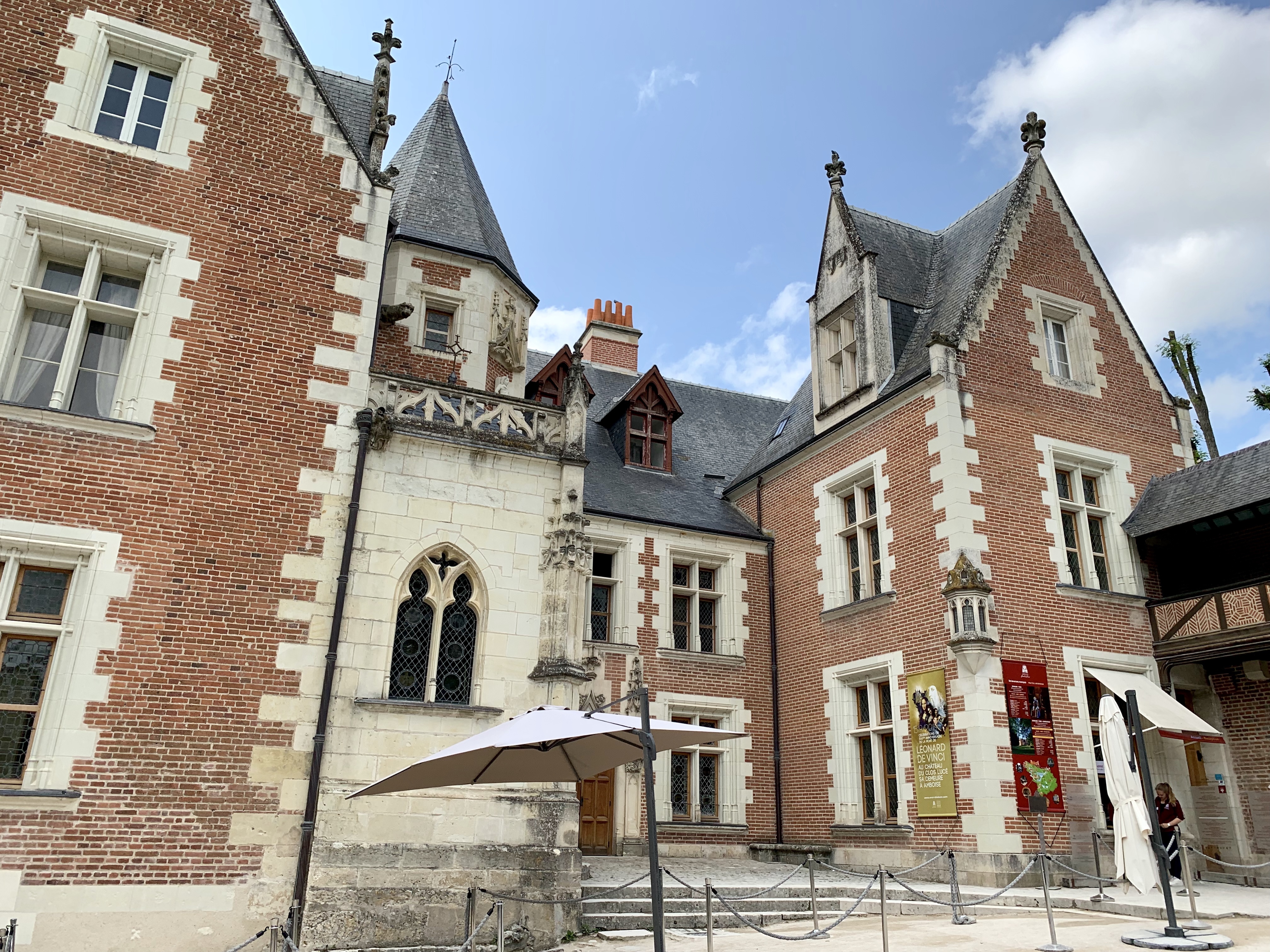
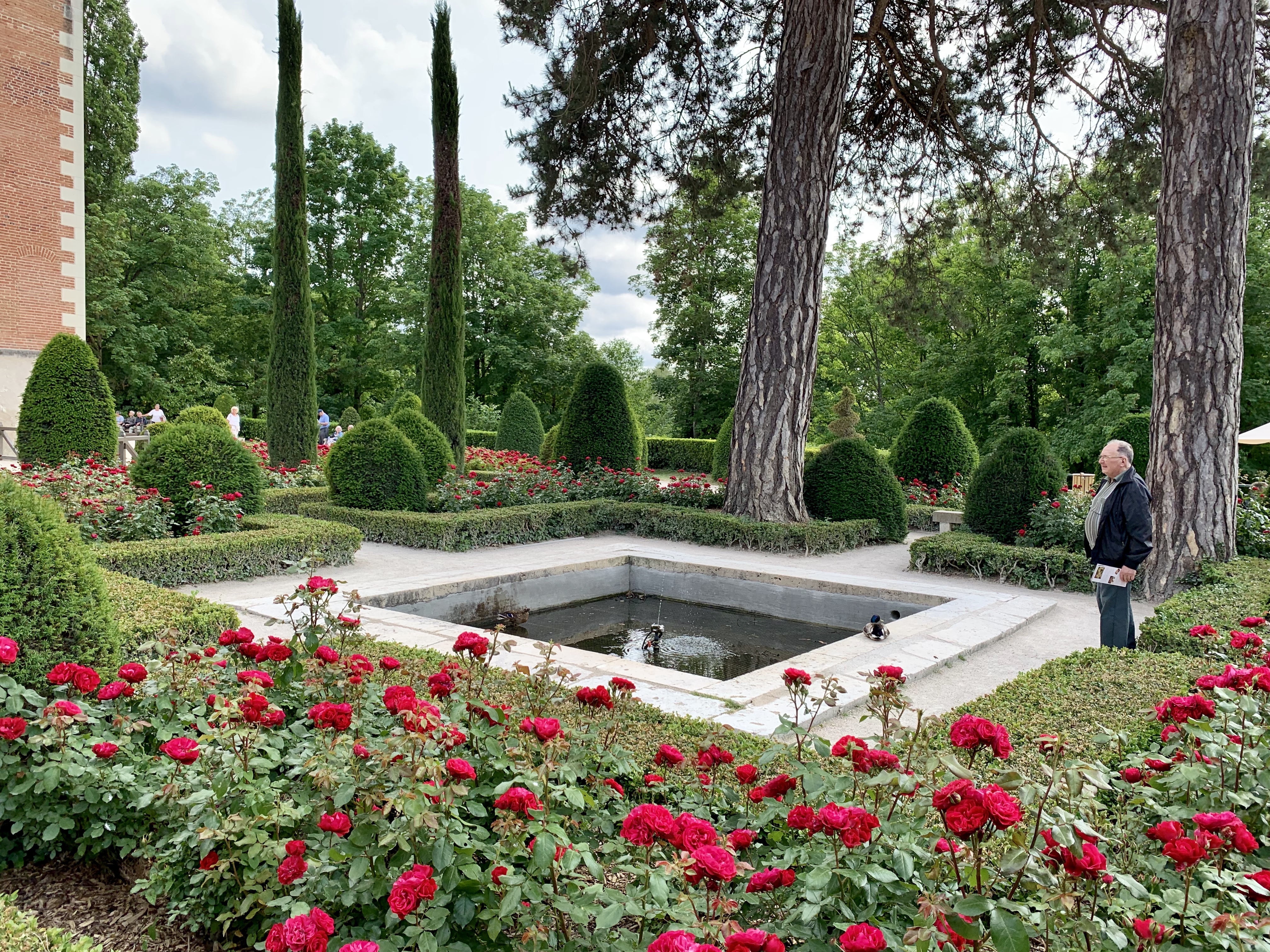
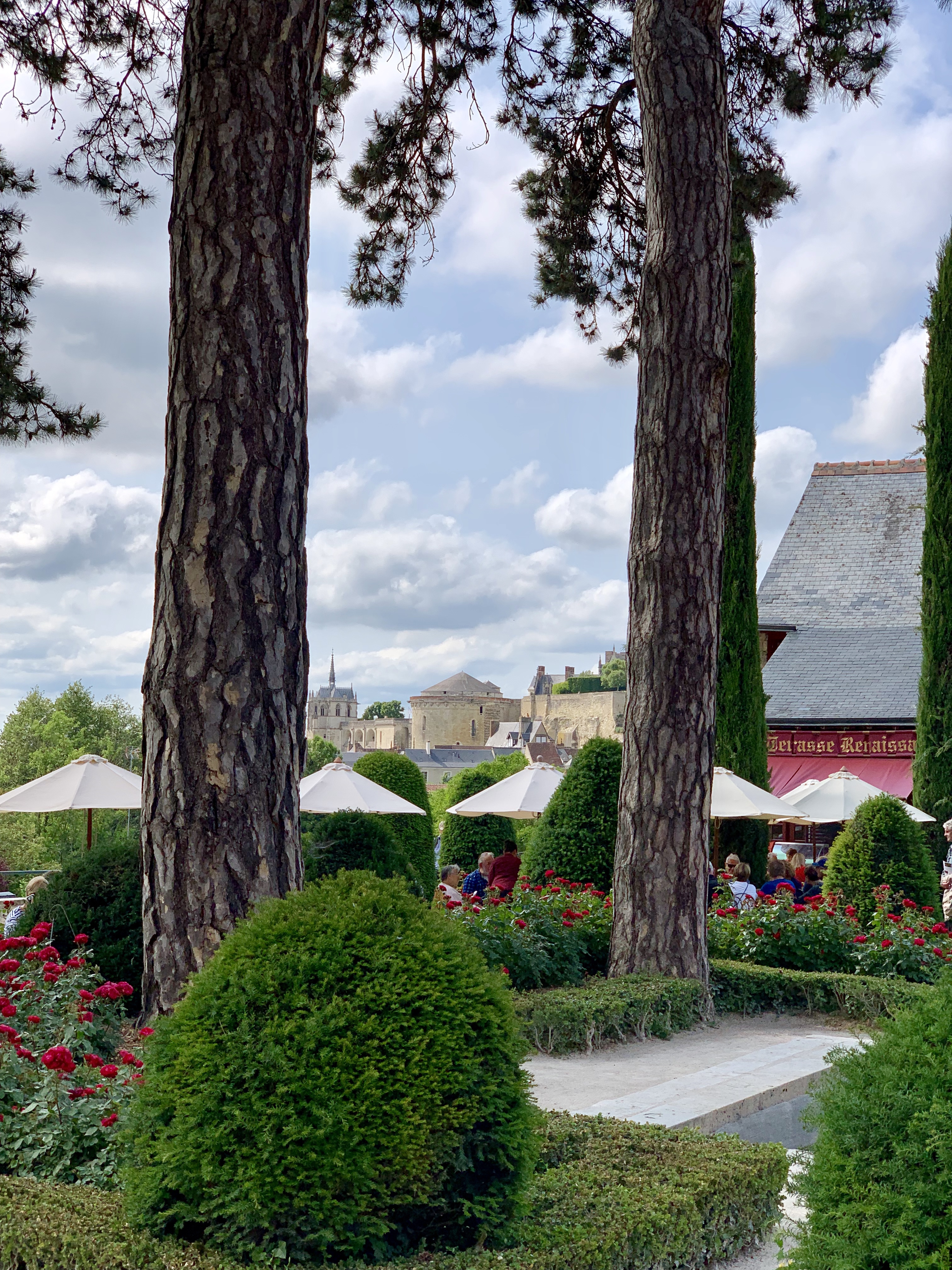
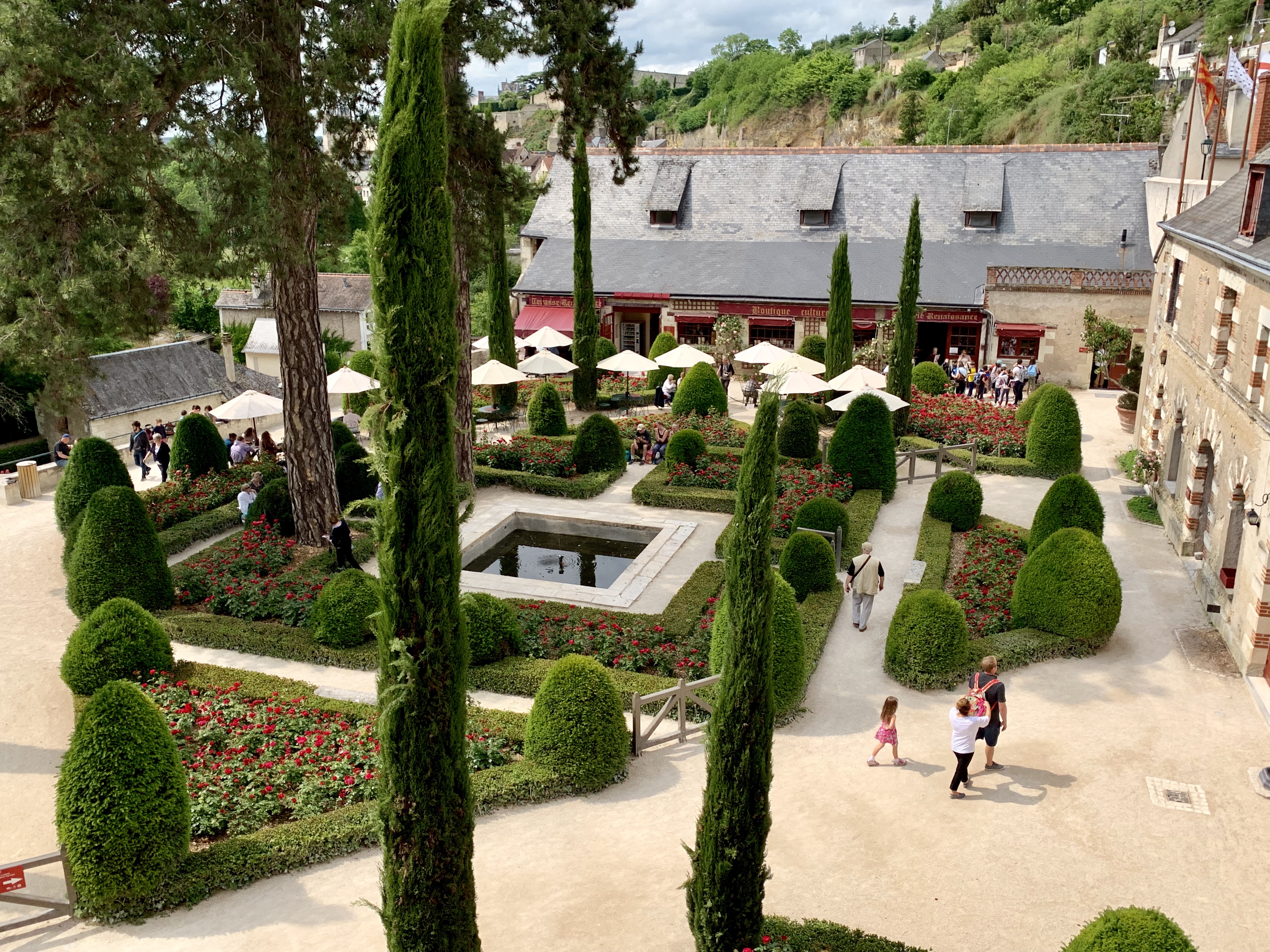
Leonardo’s bedroom, where he died in 1519.
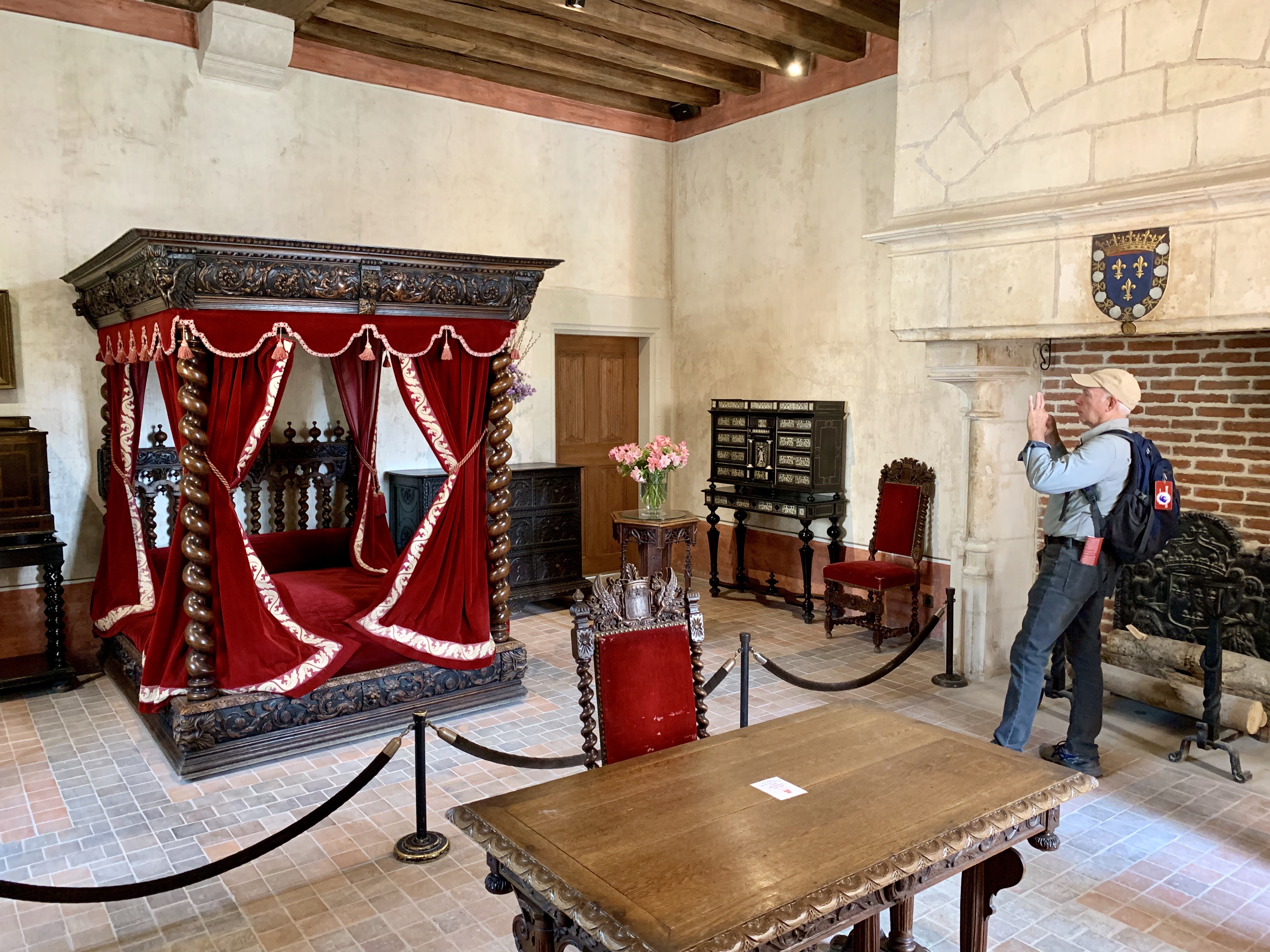
A second bedroom used later by the king’s sister.
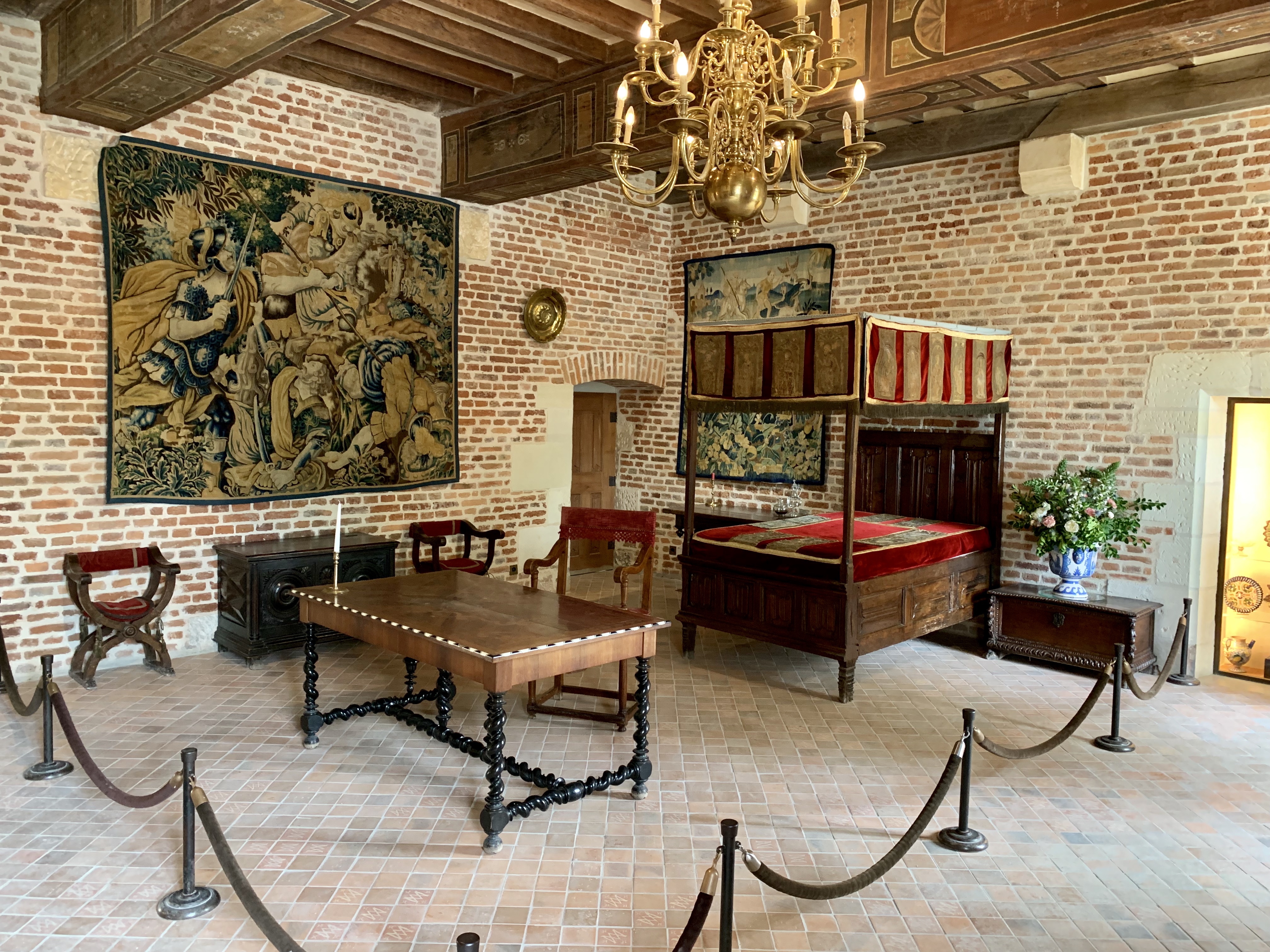
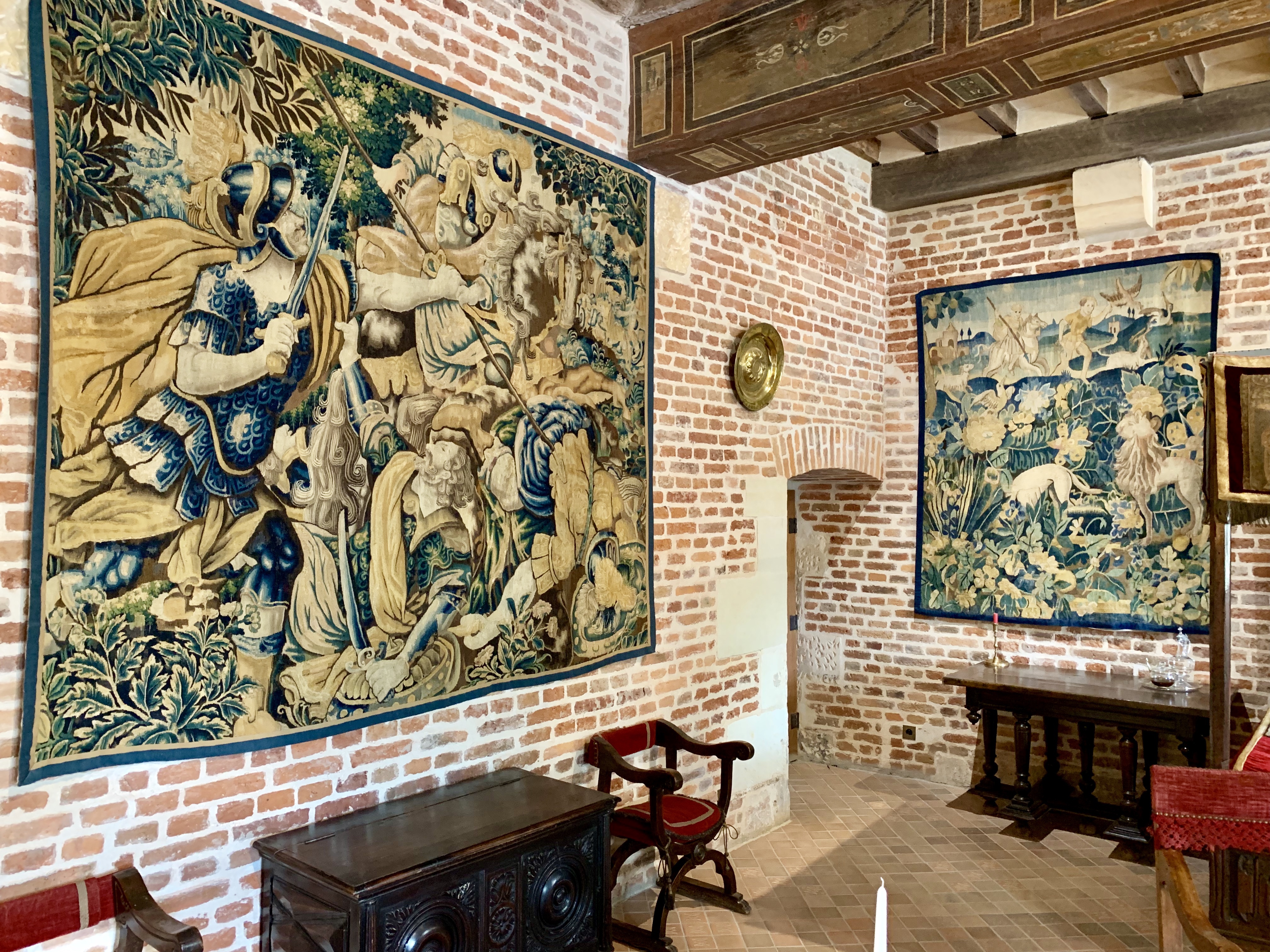
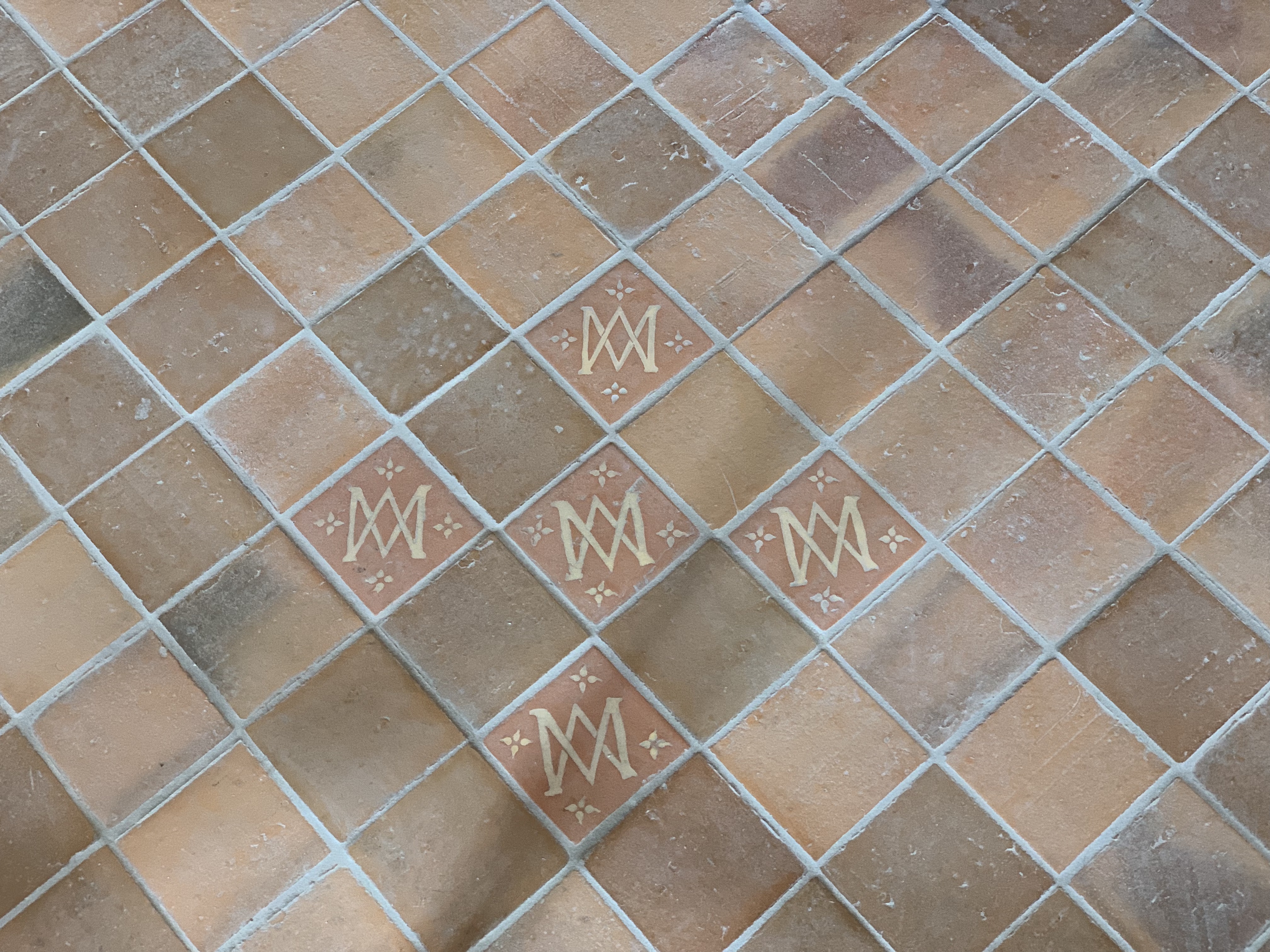
A small chapel in the house.
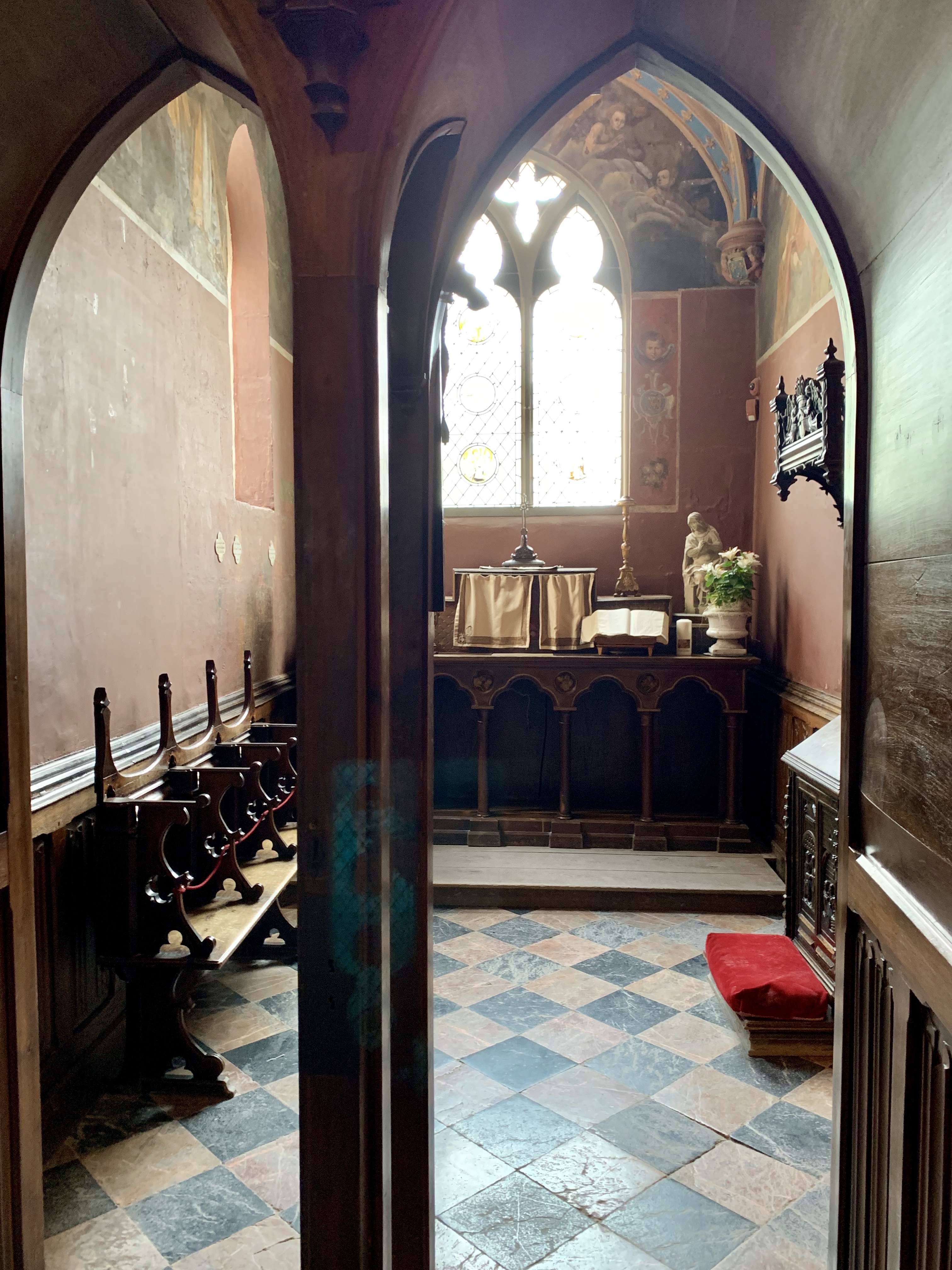

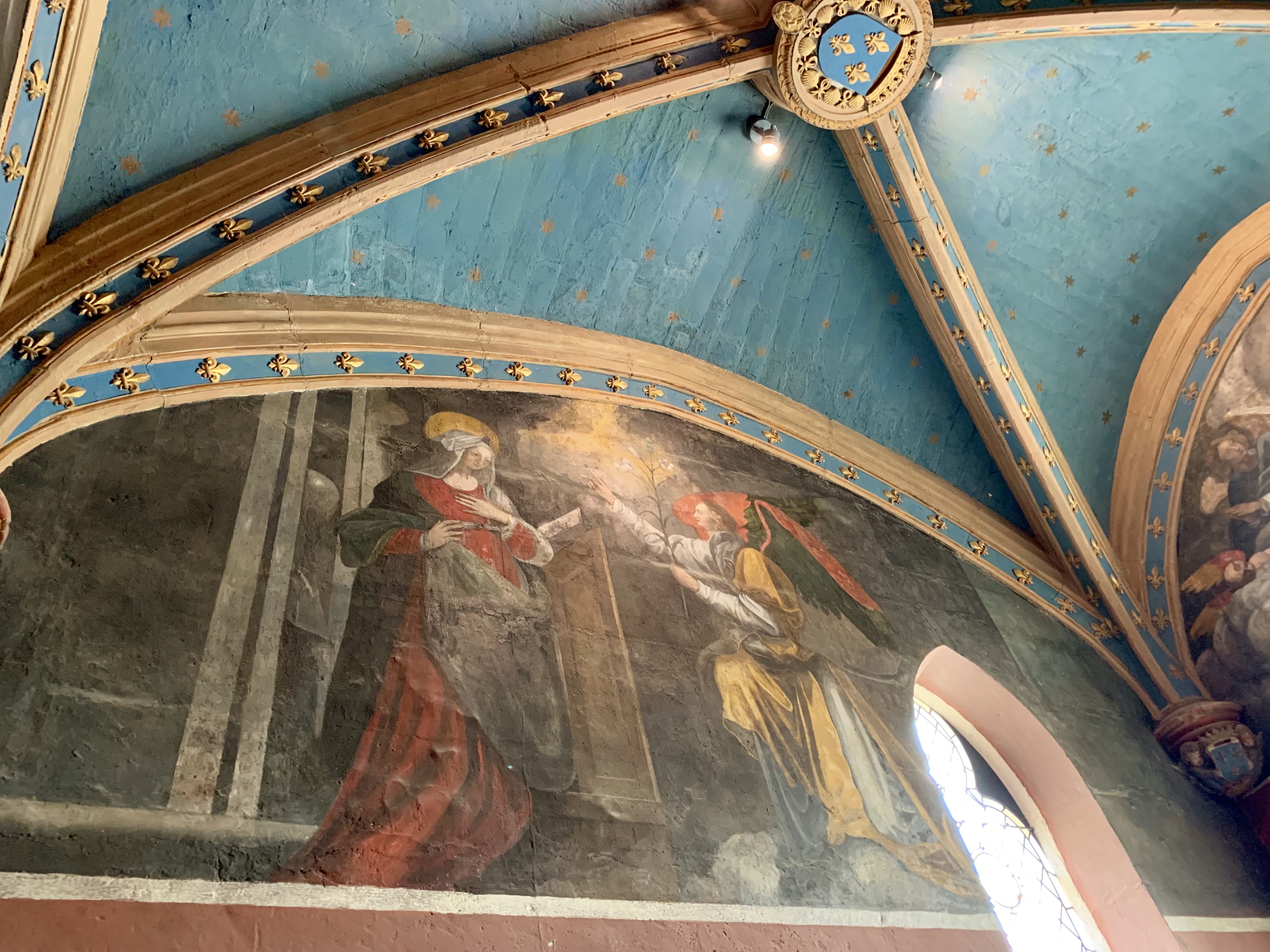
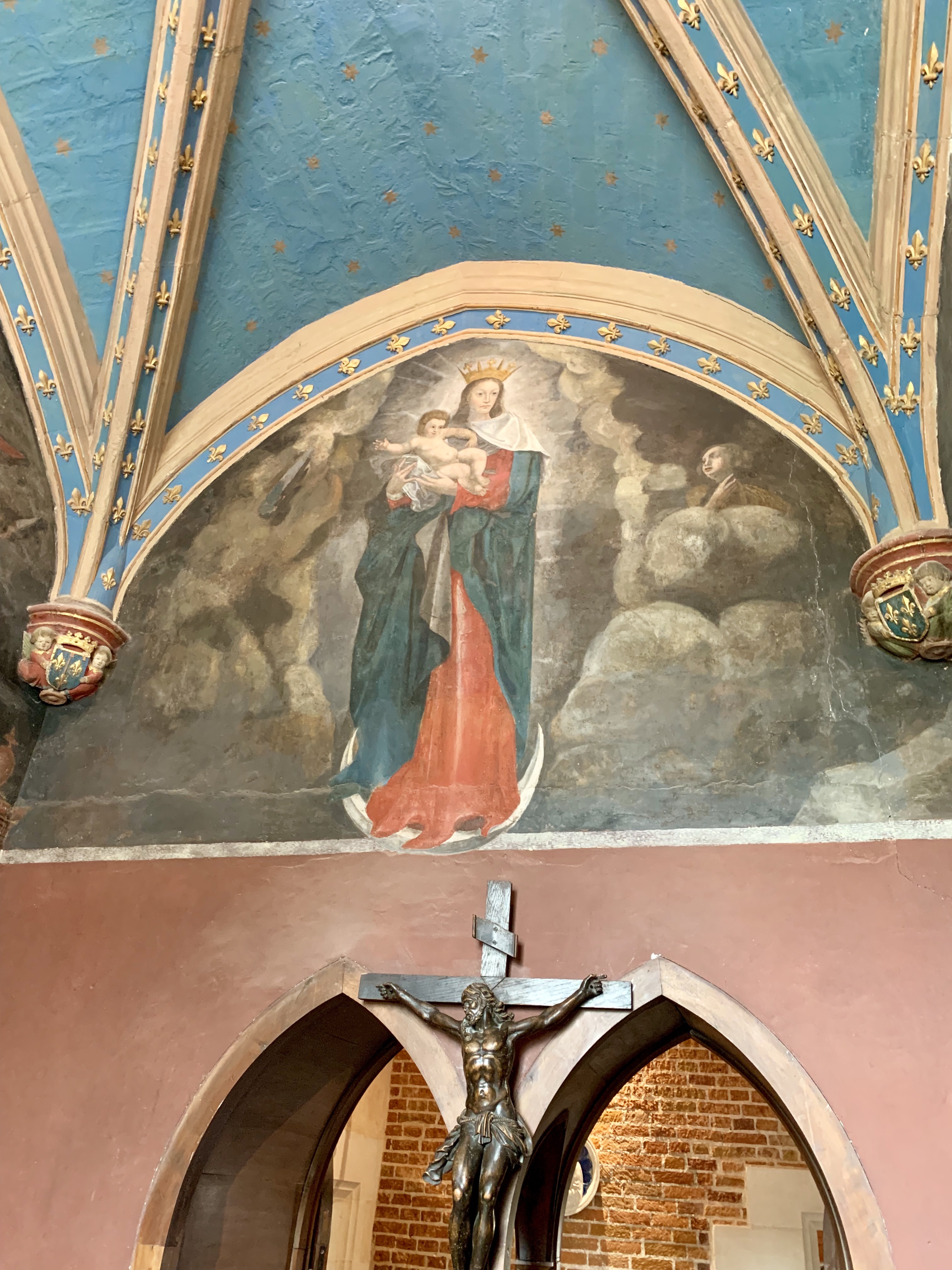
Leonardo’s workshop with exhibits reflecting his many interests. Notice the model for the horse status in Milano.
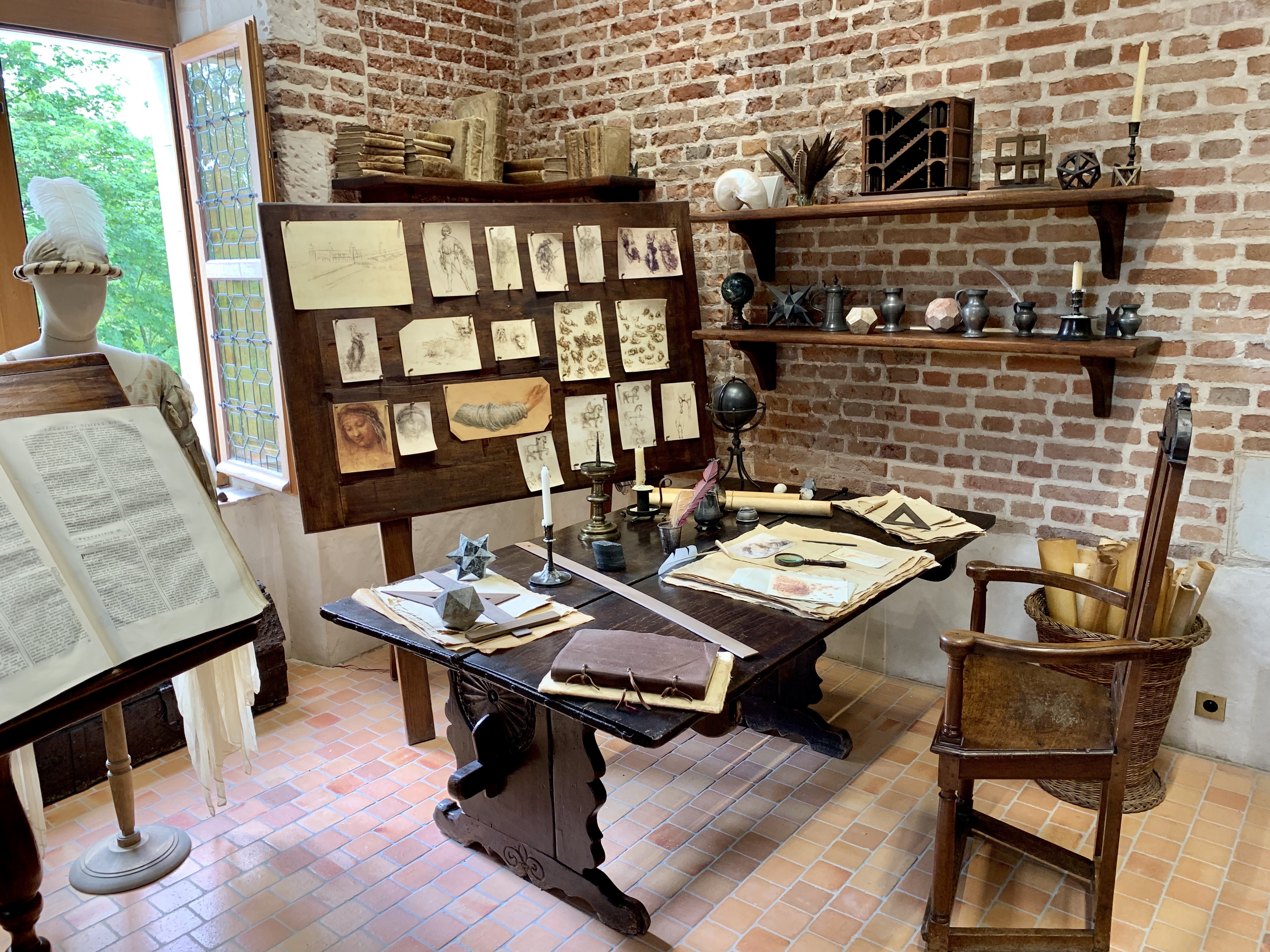
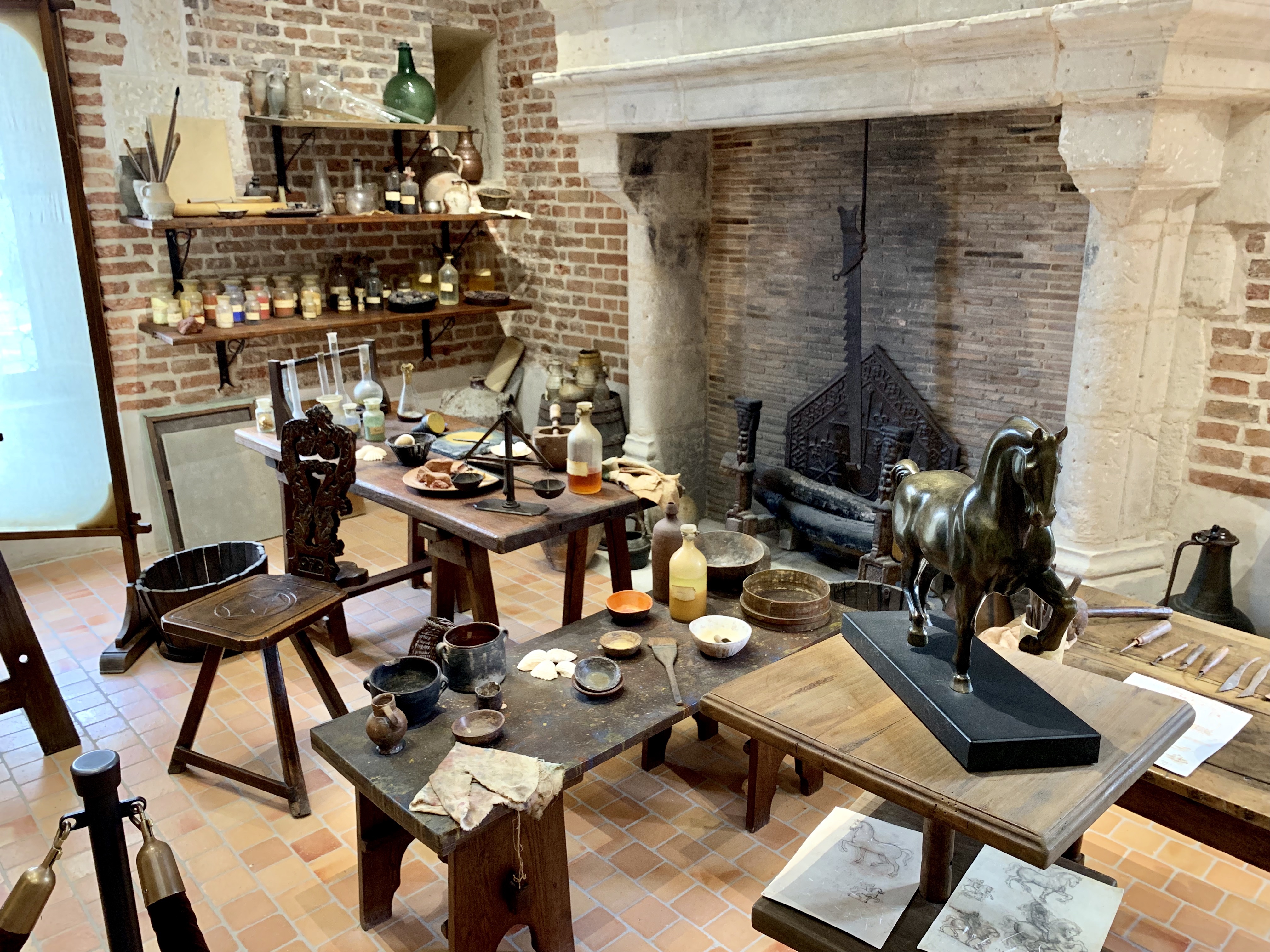

Leonardo’s study.
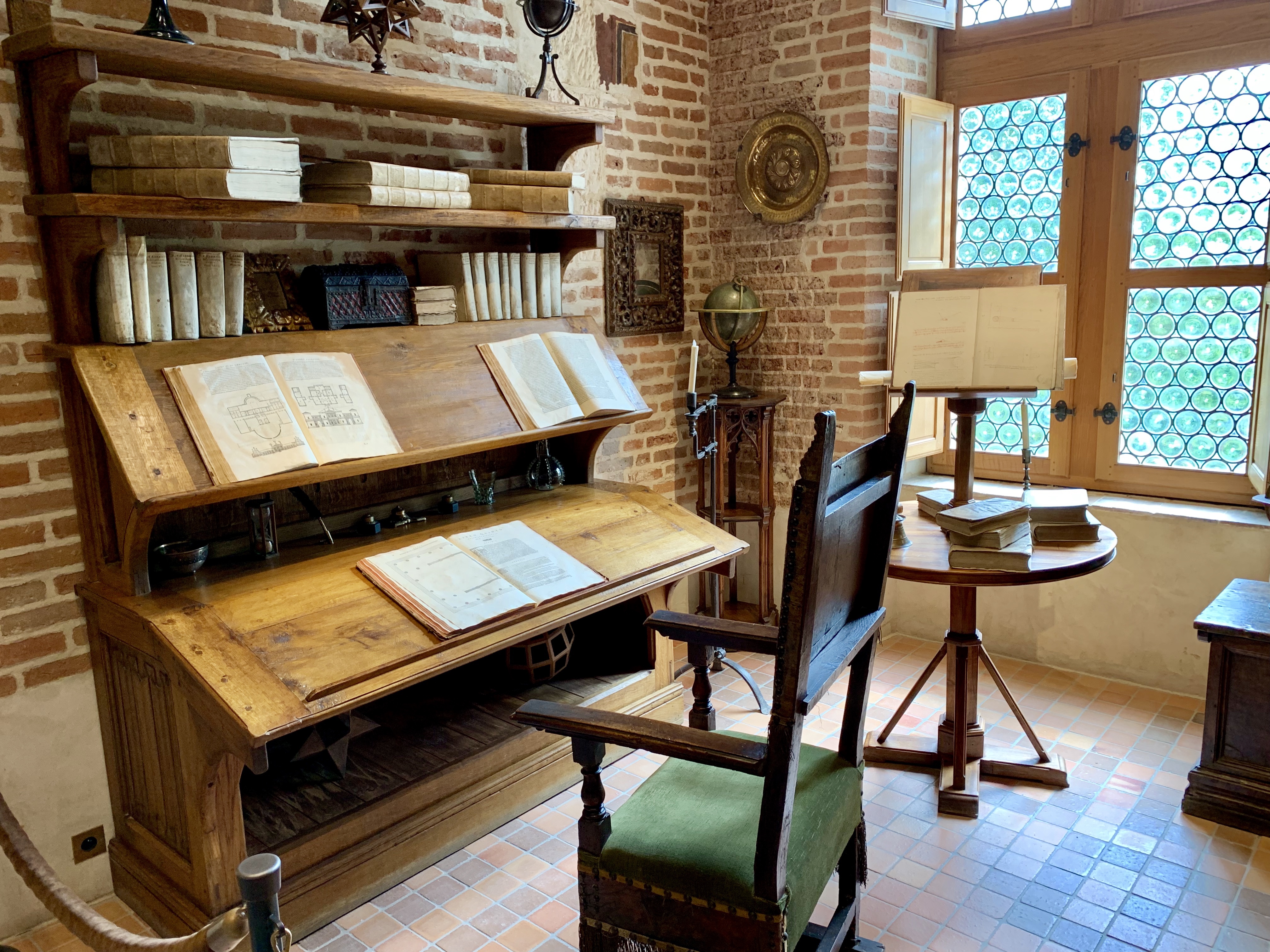
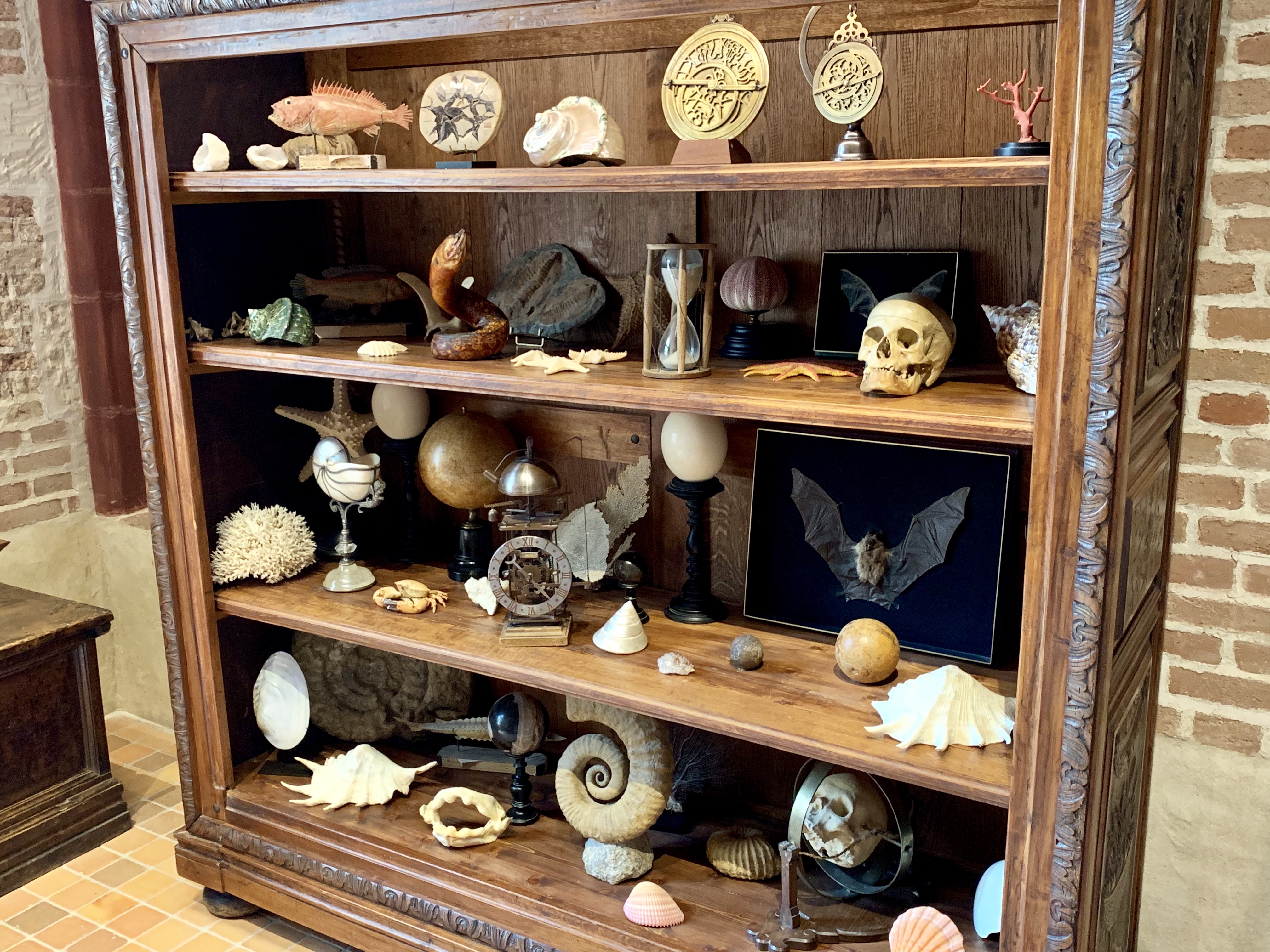
The kitchen and dining hall.
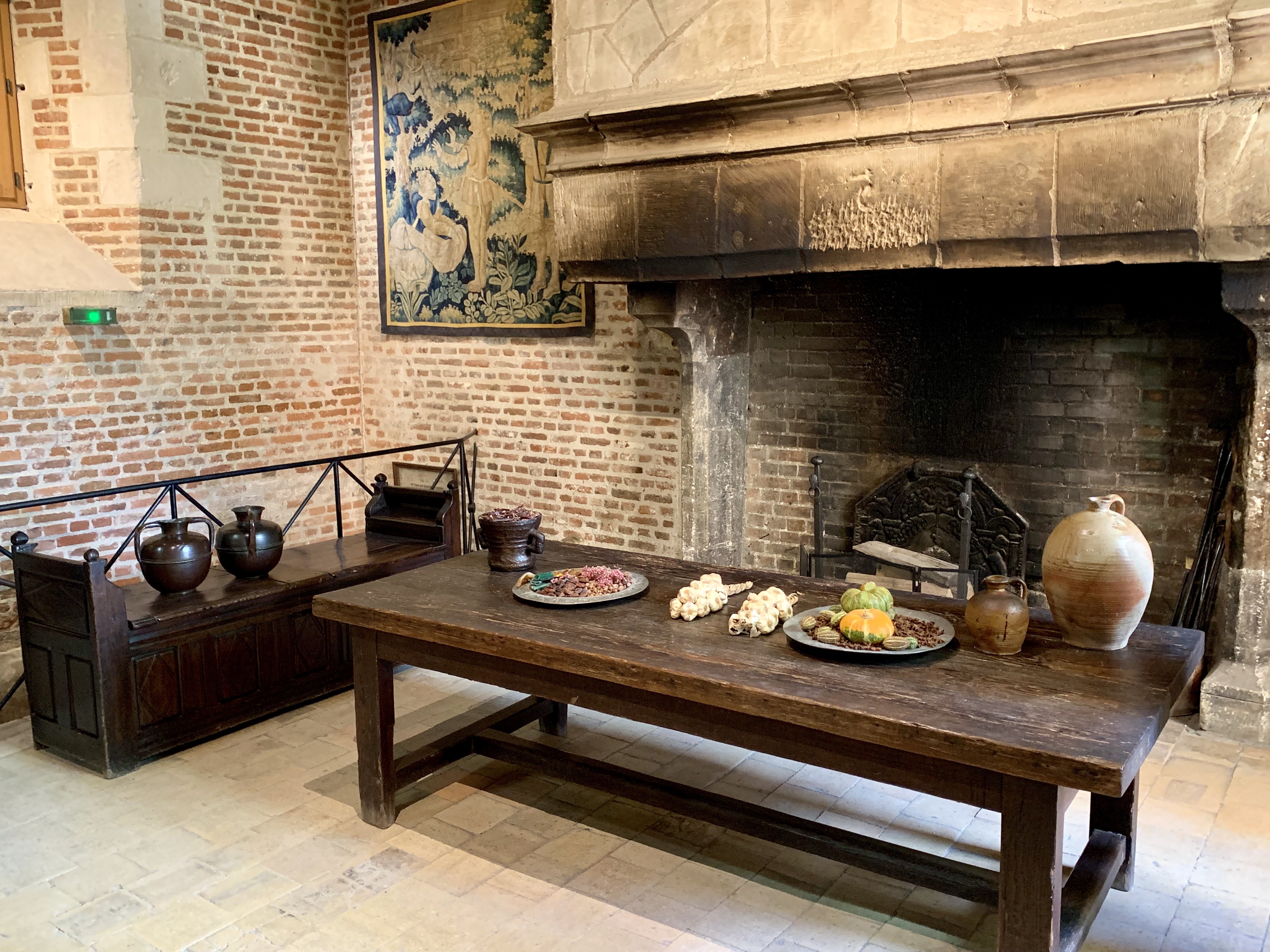
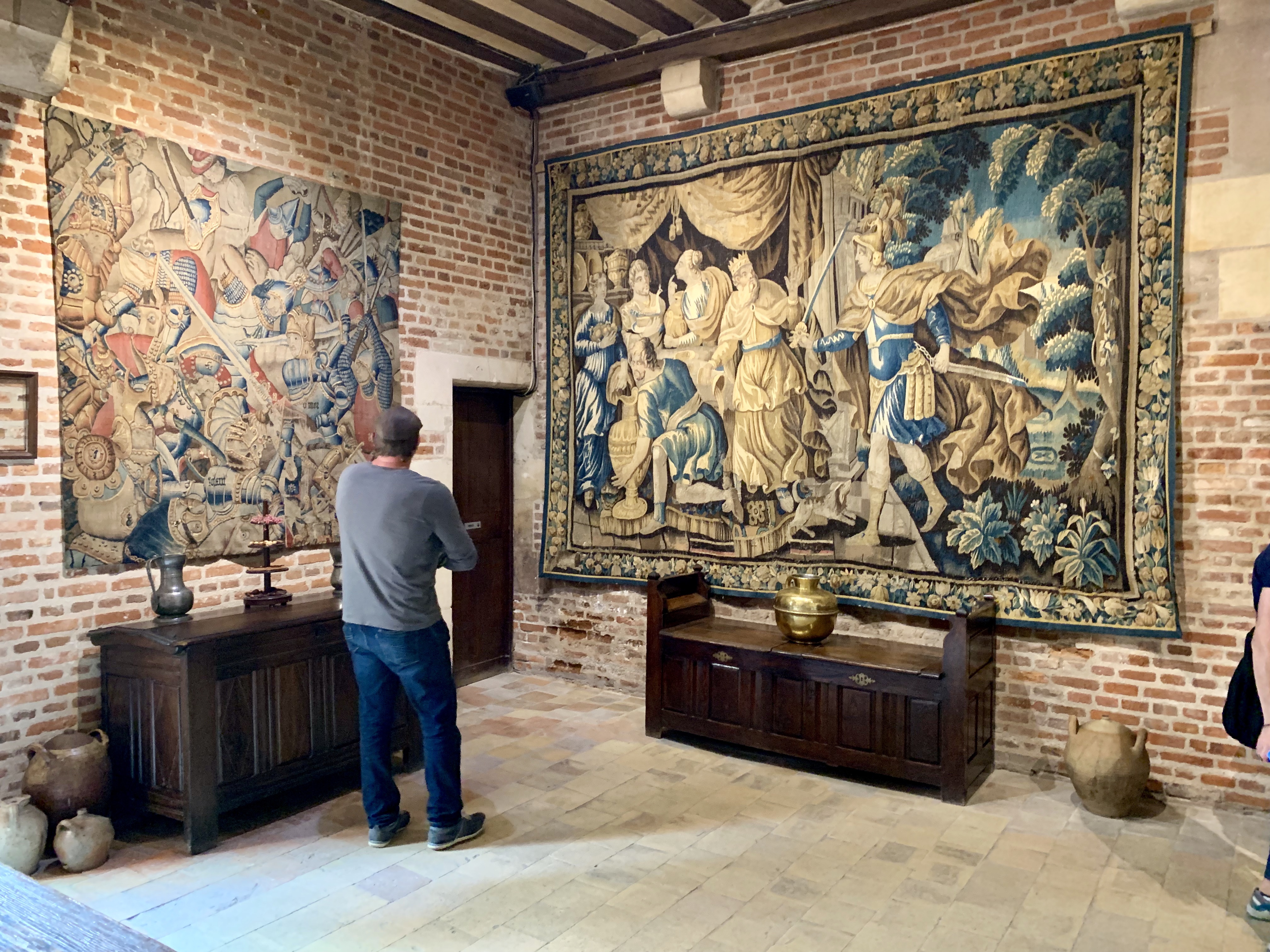



And finally, the passage that some say allowed the king to visit Leonardo unobserved.
